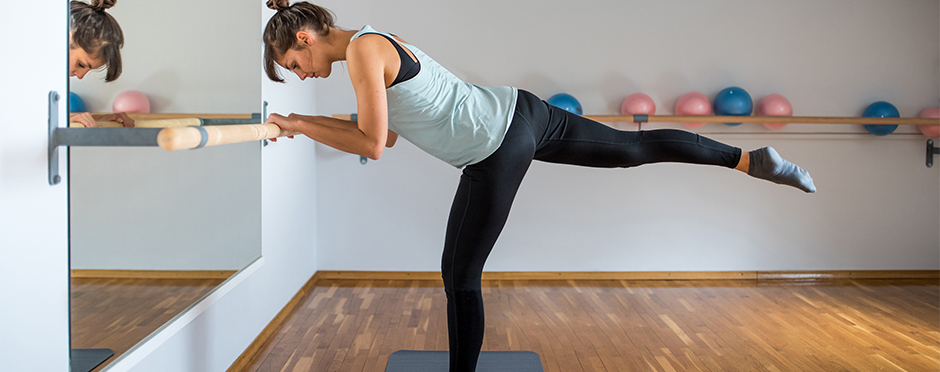
Back to Basics: 3 Injury Prevention Tips for Dancers
1 CommentAs summer starts winding down, dancers are getting ready to transition to the fall program season. Preparing for the season’s big shows means long hours spent at rehearsals on top of other responsibilities, such as academics, work and household duties.
During this time of year, it can be easy to overlook some of the fundamentals of injury prevention when trying to fit in a rehearsal into a busy schedule. However, this is the time when the basics like proper warm up and nutrition matter the most. To help dancers minimize the risk of injury and stay ready for their big shows, we are highlighting three basic injury prevention tips below:
1. Warm Up
To minimize the risk of injury during practices and performances, dancers should incorporate dynamic warm-ups into their training routine. Dynamic warm-ups increase heart rate and get the blood flowing so that the muscles become more pliable and able to stretch. This helps prime the body for physical exertion and minimizes the risk of injury to muscles or joints. A few examples of dynamic warm-ups include body weight squats, jumping jacks, and forward and backward lunges.
Learn more about dynamic warm-ups, as well as cooling down after activity, by reading “Warming Up vs Cooling Down: Things to Know.”
2. Cross Train
Although technique training is important, dancers should also consider adding cross training into their routine to improve endurance, strength and flexibility. Swimming or biking are activities that can help improve endurance, while strength training can improve muscular fitness. Additionally, incorporating exercises like Pilates into training can help dancers improve flexibility, balance and core stability.
3. Maintain Healthy Habits
In order to be in peak condition, dancers should focus on their general health in addition to their training. This includes maintaining a healthy diet, staying hydrated and getting enough sleep. Since dancers don’t typically have an off-season, they are more likely to experience altered sleep-wake rhythms, which can increase the risk of illness and musculoskeletal injuries. For tips on how to get better sleep, read “Eat, Sleep, Dance, Repeat: The Importance of Sleep for Dancers.”
These three tips can help both experienced and novice dancers keep their bodies healthy to minimize the risk of injury during practices and performances. Should an injury occur, make sure to schedule an appointment at a nearby Athletico location so our team can help you heal.
If you are a dancer who would like to learn more about our Performing Arts Rehabilitation program, please email performingarts@athletico.com, or request an appointment below.
The Athletico blog is an educational resource written by Athletico employees. Athletico bloggers are licensed professionals who abide by the code of ethics outlined by their respective professional associations. The content published in blog posts represents the opinion of the individual author based on their expertise and experience. The content provided in this blog is for informational purposes only, does not constitute medical advice and should not be relied on for making personal health decisions.

1 Comment
Leviticus Bennett
So, to prepare my son for the Cats movie coming out, I had him watch an old VHS of the stage production. Now, he wants to learn to dance, so I’m looking for a studio for him to learn at. In the meantime, thank you for helping me better understand dance warmups.